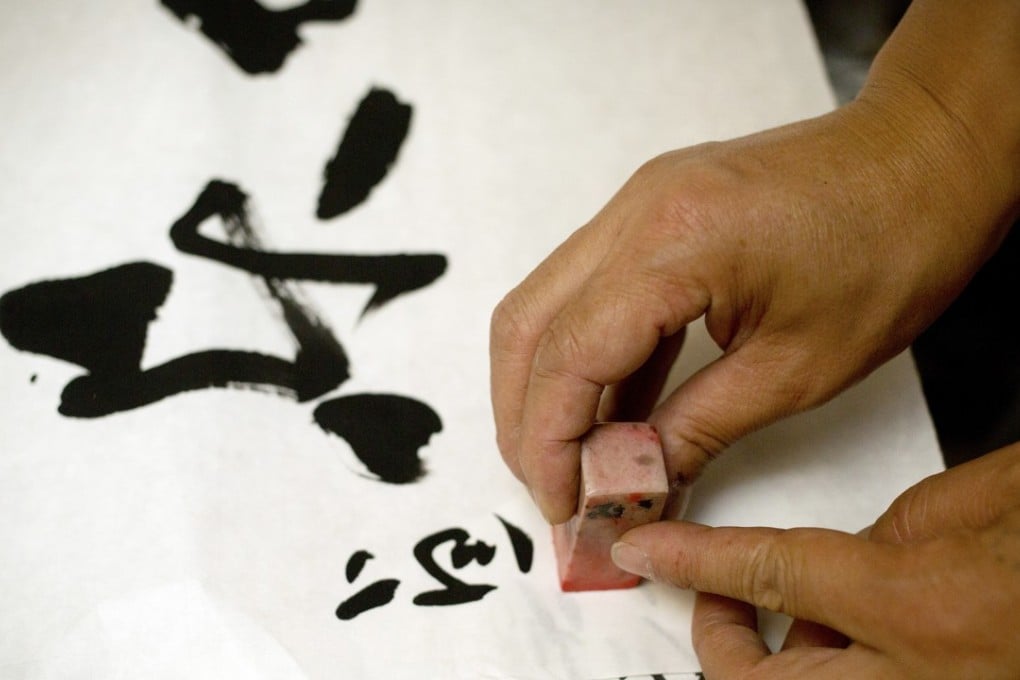Flying Sand | Is it now time for whites in Hong Kong to be considered an ethnic minority?
While some colonial cap-doffing may still exist, it may be time to rethink Caucasians’ place in Hong Kong

When my Cantonese teacher offered me the Chinese name “Fei Sha”, or “Flying Sand”, I was underwhelmed. Apart from the phonetic alignment with my surname, it seemed to have little going for it.
To decline his offer would have been churlish, if not downright rude, particularly as he had taken the time to come up with a moniker for the least able of his students.
I accepted his rhyming reasoning, knuckled down and tried – and am still trying – to get to grips with a language which could not be further from my native tongue, although it does have eerie echoes of the guttural Dundonian dialect of the city of my birth, Dundee in Scotland.
Of course, there was more, much more, to my teacher’s choice of name than simple rhyme. I didn’t realise it at the time, but he was setting me off on a journey of discovery and had put a great deal more thought into selecting my Chinese name than I had given him credit for.
Become an insider in Hong Kong with our guide to the trendiest Cantonese phrases in town
You see, my si fu, or “master” in English, knew my occupation and, without getting into too much gory detail, had also gained considerable insight into how I ticked in just a few weeks of classes.
The famous but fatally flawed photojournalist and war photographer Situ Chuan, whose work for the Chinese Communist Party during the 1937-45 Sino-Japanese War made him one of the most influential and admired leftist photographers of his generation, also took the name “Flying Sand”, although in his case the Chinese characters switched, making him “Sha Fei”, or “a grain of sand in the sky of his country”.

